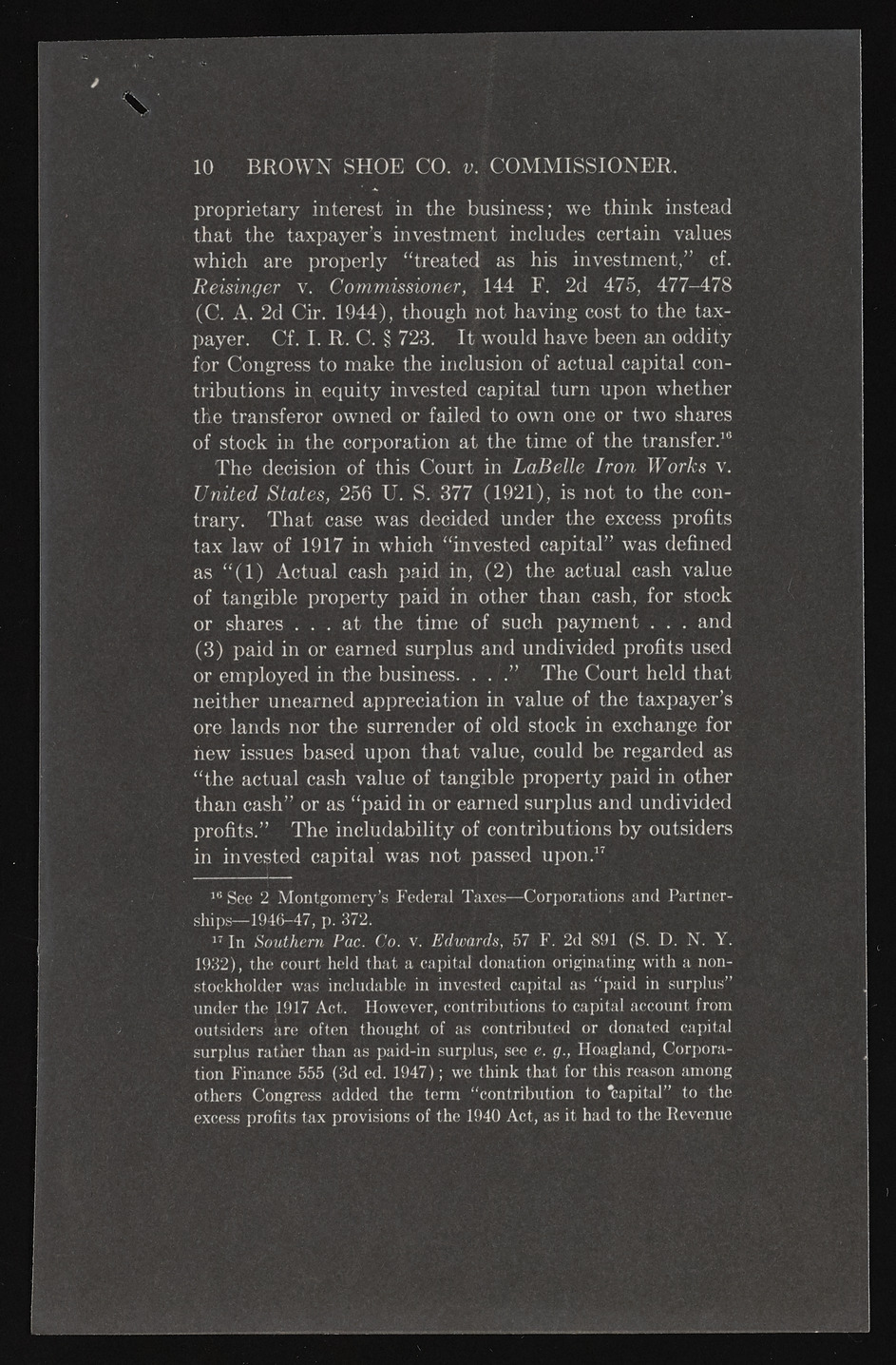Copyright & Fair-use Agreement
UNLV Special Collections provides copies of materials to facilitate private study, scholarship, or research. Material not in the public domain may be used according to fair use of copyrighted materials as defined by copyright law. Please cite us.
Please note that UNLV may not own the copyright to these materials and cannot provide permission to publish or distribute materials when UNLV is not the copyright holder. The user is solely responsible for determining the copyright status of materials and obtaining permission to use material from the copyright holder and for determining whether any permissions relating to any other rights are necessary for the intended use, and for obtaining all required permissions beyond that allowed by fair use.
Read more about our reproduction and use policy.
I agree.Information
Digital ID
Permalink
Details
More Info
Rights
Digital Provenance
Publisher
Transcription
proprietary interest in the business; we think instead that the taxpayer’s investment includes certain values which are properly “treated as his investment,” cf. Reisinger v. Commissioner, 144 F. 2d 475, 477-478 (C. A. 2d Cir. 1944), though not having cost to the taxpayer. Cf. I. R. C. § 723. It would have been an oddity for Congress to make the inclusion of actual capital contributions in equity invested capital turn upon whether the transferor owned or failed to own one or two shares of stock in the corporation at the time of the transfer.10 * The decision of this Court in LaBelle Iron Works v. United States, 256 U. S. 377 (1921), is not to the contrary. That case was decided under the excess profits tax law of 1917 in which “invested capital” was defined as “ (1) Actual cash paid in, (2) the actual cash value of tangible property paid in other than cash, for stock or shares . . . at the time of such payment . . . and (3) paid in or earned surplus and undivided profits used or employed in the business. . . .” The Court held that neither unearned appreciation in value of the taxpayer’s ore lands nor the surrender of old stock in exchange for hew issues based upon that value, could be regarded as “the actual cash value of tangible property paid in other than cash” or as “paid in or earned surplus and undivided profits.” The includability of contributions by outsiders in invested capital was not passed upon.17 10 See 2 Montgomery’s Federal Taxes—Corporations and Partnerships— 1946-47, p. 372. 17 In Southern Pac. Co. v. Edwards, 57 F. 2d 891 (S. D. N. Y. 1932), the court held that a capital donation originating with a nonstockholder was includable in invested capital as “ paid in surplus” under the 1917 Act. However, contributions to capital account from outsiders are often thought of as contributed or donated capital surplus rather than as paid-in surplus, see e. g., Hoagland, Corporation Finance 555 (3d ed. 1947); we think that for this reason among others Congress added the term “contribution to “capital” to the excess profits tax provisions of the 1940 Act, as it had to the Revenue 10 BROWN SHOE CO. v. COMMISSIONER.

